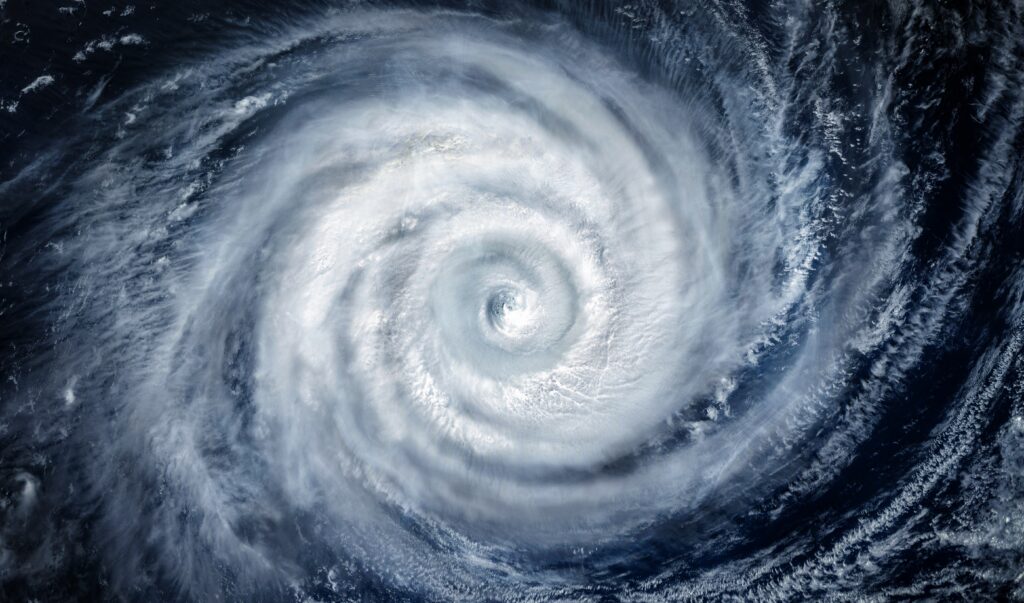Hurricane Melissa struck eastern Cuba early Wednesday with sustained winds of 193 kilometres per hour, making landfall near Chivirico in Santiago de Cuba province. Forecasters warned of catastrophic damage across Santiago de Cuba and surrounding regions.
President Miguel Díaz-Canel confirmed that more than 500,000 people had been evacuated before the storm, while officials said the total number exceeded 700,000. Meteorologists predicted storm surges up to 3.6 metres and rainfall reaching 51 centimetres in parts of eastern Cuba.
US forecasters warned that continuous rain could trigger deadly flooding and landslides. They added that Melissa, classified as a Category 3 hurricane, would cross Cuba through the morning before moving toward the Bahamas later Wednesday. A hurricane watch remained in effect for Bermuda.
Fears Mount Over Cuba’s Fragile Economy
As Melissa roared across the island, Cuban authorities expressed concern over its impact on the country’s already fragile economy. Years of fuel shortages, food scarcity, and power blackouts have left communities vulnerable.
President Díaz-Canel addressed the nation, assuring citizens that “no one will be left behind and no resources will be spared to protect lives.” He urged Cubans to remain cautious, calling Melissa “the strongest hurricane ever to strike national territory.”
Local governments suspended classes from Guantánamo to Camagüey and mobilised emergency crews across several provinces. Officials braced for widespread destruction to homes, farms, and infrastructure. “There will be a lot of work ahead,” Díaz-Canel said. “We know there will be a lot of damage.”
Experts warned that recovery efforts could strain Cuba’s limited financial and material resources, deepening its ongoing economic crisis.
Jamaica Begins Recovery as Death Toll Rises
While Cuba faced the storm’s direct impact, Jamaica began assessing the damage left behind. Officials reported severe flooding in Clarendon and St. Elizabeth, where large areas were submerged under water.
Desmond McKenzie, deputy chairman of Jamaica’s Disaster Risk Management Council, said four hospitals suffered damage, and one lost power, forcing the evacuation of 75 patients. More than half a million customers remained without electricity as of late Tuesday, with fallen trees, power lines, and blocked roads reported across the island.
Authorities confirmed seven storm-related deaths across the Caribbean — three in Jamaica, three in Haiti, and one in the Dominican Republic, where another person remained missing.
Jamaican officials said they hoped to reopen all airports by Thursday to accelerate the delivery of emergency aid and begin reconstruction.
As Melissa continued its destructive path northward, both Jamaica and Cuba prepared for long, difficult recoveries from one of the Atlantic’s most powerful storms in recent memory.


